Factory Tour
How to Maximize the Lifespan of Your Forklift Battery
The longevity of a forklift battery is crucial to ensuring operational efficiency and reducing costs in warehouse and industrial settings. According to a report from the National Institute for Occupational Safety and Health (NIOSH), improper maintenance and inadequate charging practices can reduce a forklift battery's lifespan by up to 30%. Furthermore, a study by the International Energy Agency (IEA) indicates that maximizing battery efficiency can lead to substantial savings on energy expenditures, potentially reducing operating costs by up to 20%.
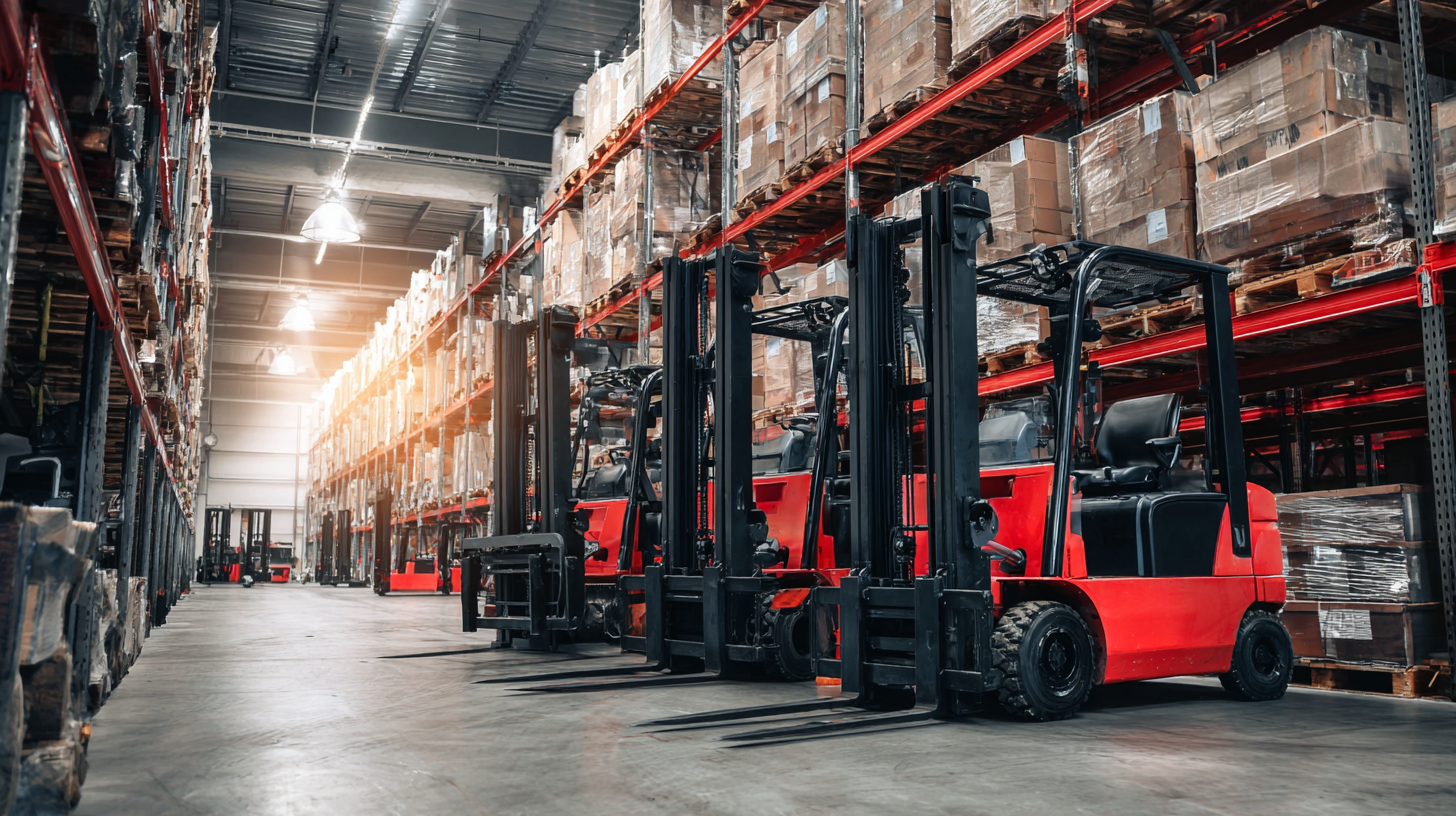
By understanding the factors that influence the lifespan of forklift batteries, including routine maintenance, optimal charging techniques, and proper usage protocols, businesses can significantly enhance their return on investment and minimize downtime. This guide will explore the best practices necessary to maximize the lifespan of your forklift battery, ensuring that your operations remain smooth and cost-effective.
Understanding Forklift Battery Chemistry and Lifespan Factors
When it comes to maximizing the lifespan of your forklift battery, understanding its chemistry and lifespan factors is essential. Most forklift batteries are either lead-acid or lithium-ion, each having unique characteristics that impact their longevity. Lead-acid batteries, while economical, require diligent maintenance, including regular watering and equalization charging to avoid sulfation. On the other hand, lithium-ion batteries offer a longer life and faster charging times but come with higher upfront costs. Knowing the composition of your battery can guide proper care and maintenance practices.
To extend the lifespan of your forklift battery, consider the following tips: First, implement a charging routine that matches your operational demands. Avoid deep discharges as this stresses the battery; instead, aim to recharge when the state of charge drops to around 20-30%. Second, maintain the right temperature; extreme heat or cold can adversely affect battery performance. Keeping your battery in a controlled environment will enhance its efficiency and lifespan. Lastly, regularly check the terminals and connections for corrosion, which can hinder performance and lead to faster deterioration.
By understanding your forklift battery's chemistry and following key maintenance practices, you can significantly prolong its life and improve operational efficiency.
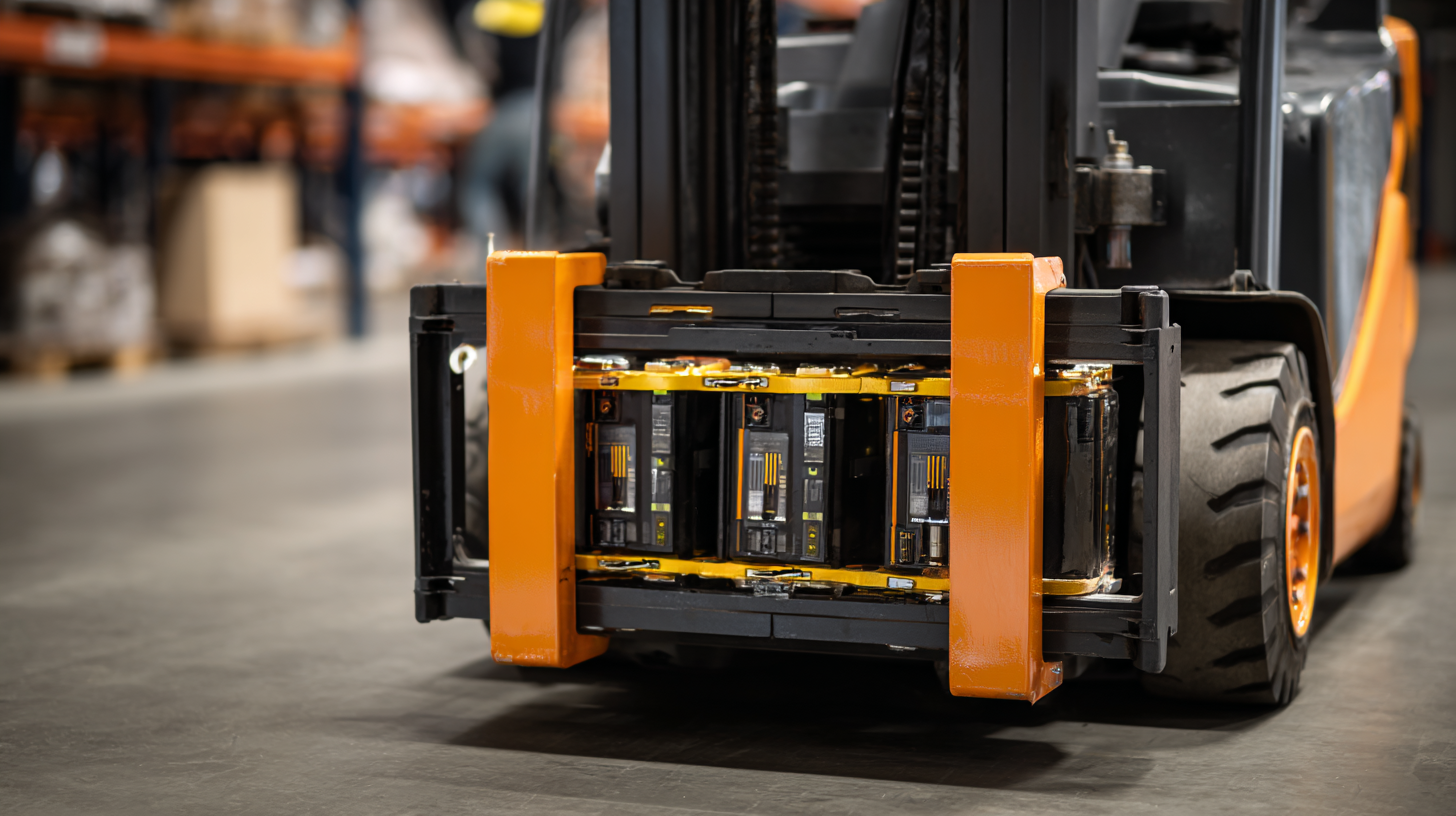
Implementing Proper Charging Practices for Forklift Batteries
Implementing proper charging practices for forklift batteries is essential for maximizing their lifespan and ensuring consistent performance. One of the key aspects of effective charging involves understanding the specific requirements of different battery types. For instance, lithium-ion batteries, increasingly used in industrial applications, require precise charging protocols to optimize their cycle life. Monitoring the charging process and avoiding overcharging can help maintain battery health and prevent rapid capacity loss.
Additionally, it is crucial to establish a regular maintenance schedule that includes checking connections and cleaning terminals. Proper storage conditions also contribute significantly to the longevity of forklift batteries. Keeping batteries in a cool, dry place can prevent overheating and minimize the risk of degradation. By combining these best practices with advancements in battery recycling and technology, operators can not only extend the life of their forklift batteries but also contribute to a more sustainable and circular economy in the growing lithium-ion market.
Maintaining Optimal Temperature Conditions for Battery Health
Maintaining optimal temperature conditions is crucial for enhancing the lifespan of your forklift battery. Lithium-ion batteries, widely employed in forklifts, are particularly sensitive to temperature fluctuations. Research has shown that elevated temperatures can accelerate the degradation of battery cells, leading to a diminished lifespan and reduced performance. For instance, studies indicate that every 10°C increase in temperature can halve a battery's lifespan. Therefore, it is vital to operate and store batteries within the manufacturer's recommended temperature range, typically between 20°C to 25°C.
Tips: To maintain optimal temperature conditions for your forklift battery, ensure that your charging area is well-ventilated and free from direct sunlight. Using thermal management systems, such as phase change materials (PCMs), can also help in regulating the temperature of the battery, minimizing the risk of overheating. Additionally, avoid charging the battery during extreme heat periods or in poorly insulated locations.
Another effective strategy is to monitor your battery's temperature consistently, using advanced diagnostic tools. This allows for early detection of potential thermal issues. Keeping your battery at optimal temperatures not only enhances its longevity but also maximizes its operational efficiency, ultimately reducing replacement costs and downtime.
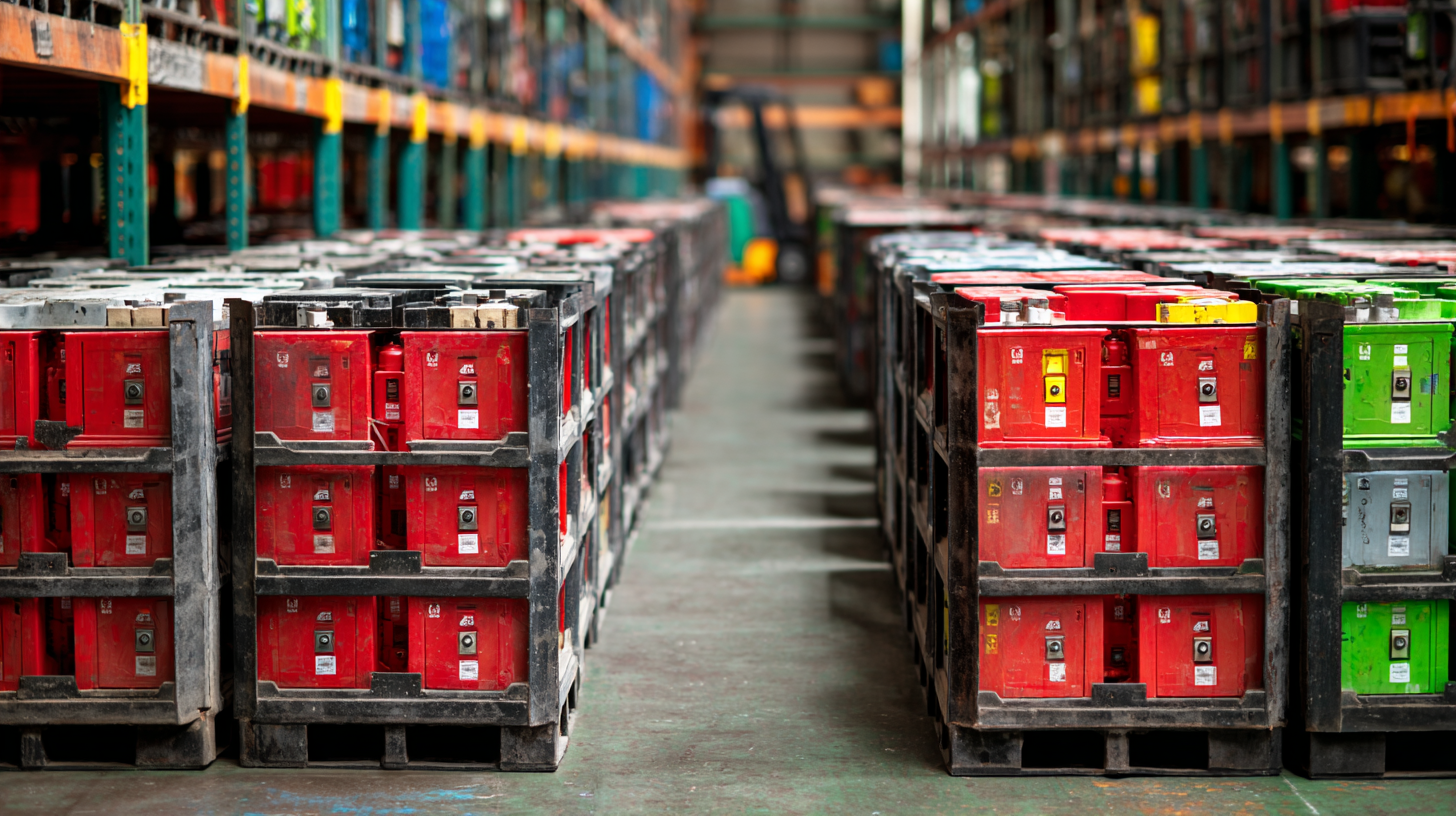
Scheduling Regular Inspections and Maintenance for Battery Longevity
Scheduling regular inspections and maintenance is crucial for maximizing the lifespan of your forklift battery. By establishing a routine inspection schedule, you can identify potential issues before they become significant problems. This proactive approach not only helps in detecting signs of wear or damage but also allows for timely interventions, ensuring optimal performance. Regular checks of battery fluid levels, connections, and terminals can prevent corrosion and other common faults that may lead to efficiency loss.
In addition to inspections, scheduled maintenance practices such as cleaning terminals and equalizing charges can significantly enhance battery longevity. Implementing a consistent maintenance regime minimizes the risk of unexpected downtime and reduces replacement costs. Moreover, educating operators on best practices for battery care, including proper charging techniques and usage protocols, reinforces the importance of these routines and contributes to overall battery health. This strategic approach forms the foundation of a well-maintained forklift battery, ultimately extending its operational lifecycle and maximizing equipment investment.
How to Maximize the Lifespan of Your Forklift Battery - Scheduling Regular Inspections and Maintenance for Battery Longevity
| Maintenance Task | Frequency | Expected Lifespan Impact | Recommended Action |
|---|---|---|---|
| Check Electrolyte Levels | Monthly | Increases lifespan by 10% | Add distilled water as needed |
| Clean Battery Terminals | Every 3 months | Enhances efficiency, reduces wear | Use a baking soda solution to clean |
| Inspect for Damage | Quarterly | Early detection prevents major issues | Replace or repair damaged components |
| Charge Cycle Management | After each shift | Can extend lifespan by up to 20% | Avoid deep discharges and overcharging |
| Thermal Management | Monthly | Prevents overheating which can reduce lifespan | Keep battery in a cool, ventilated area |
Choosing the Right Battery Type for Your Forklift Usage Needs
When selecting the right battery type for your forklift, it's essential to consider the specific usage needs of your operation. Different types of batteries, such as lead-acid and lithium-ion, offer unique advantages that can significantly impact efficiency and cost-effectiveness. Lead-acid batteries are traditionally popular due to their lower initial cost and robustness in heavy-duty applications. However, they require regular maintenance and longer charging times, which can hinder operational productivity.
On the other hand, lithium-ion batteries are becoming increasingly favored for their longer lifespan, faster charging capabilities, and reduced maintenance requirements. They can provide a consistent power level throughout their discharge cycle, leading to improved forklift performance. Additionally, lithium-ion batteries are lighter, allowing for increased lifting capacities and better maneuverability.
To maximize the efficiency and lifespan of your forklift battery, assess the charging infrastructure, expected cycle times, and overall operational environment before making a choice. This careful consideration will ensure you select the best battery type tailored to your specific needs, ultimately enhancing your forklift's lifespan and performance.
Related Posts
-

Essential Forklift Battery Maintenance Checklist for Optimal Performance
-
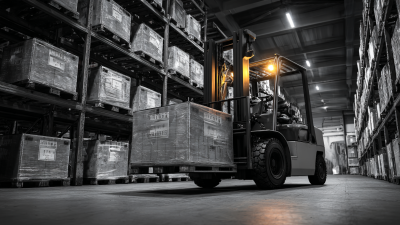
How to Choose the Right Forklift Battery for Optimal Performance and Longevity
-
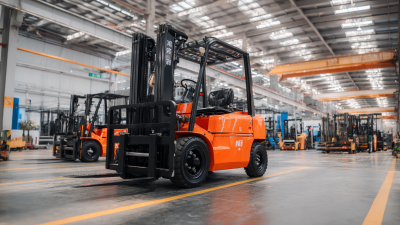
Precision Engineering in China Elevates the Best 48v 300ah Forklift Battery for Global Service
-

Exploring Innovative Alternatives for 80v Forklift Battery Solutions
-

7 Essential Forklift Battery Tips Every Global Buyer Should Know
-

How to Choose the Right 72V LiFePO4 Battery for Your Golf Cart: Essential Insights and Tips






